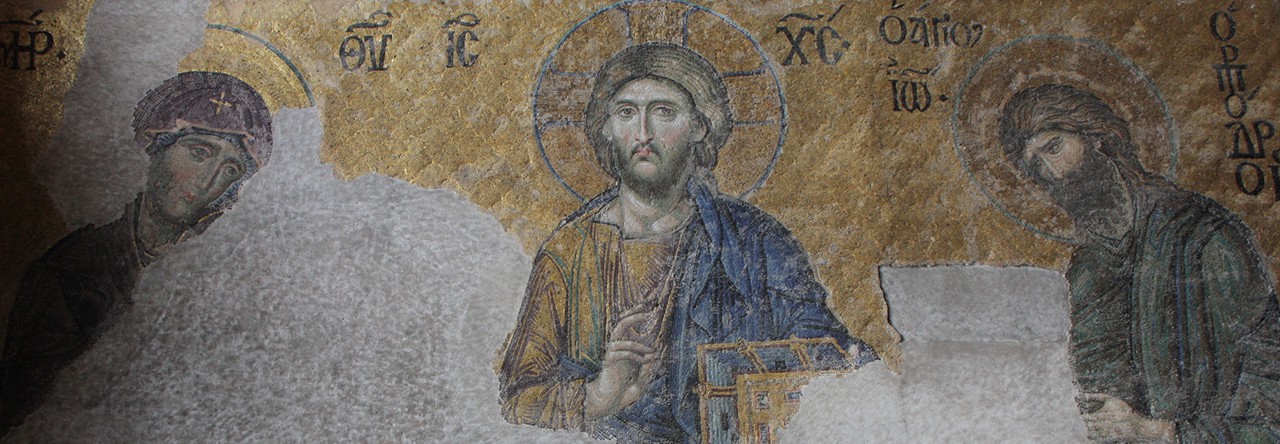“For the first Sunday of Great Lent, the Triodion calls for the celebration of the ‘Sunday of Orthodoxy’. This commemoration was introduced in March 843 to celebrate the triumph of Orthodoxy on the first Sunday of Great Lent. This celebration was then added to the more ancient commemoration of the holy prophets Moses, Aaron, David, Samuel, and the other prophets on that day. The Typikon of Alexios the Studite called for the singing of the office for the holy icons combined with the office for the holy prophets. In later Sabaite Typika, however, which reflect the widespread practice at the end of the fourteenth century, the commemoration of the holy prophets has disappeared, and their canon has been moved to compline on Sunday evening.
We should not forget that, after the victory of the hesychasts in 1351, the Sunday of Orthodoxy took on an additional meaning. It commemorated not only the victory over iconoclasm, but the victory over all heresies, including the victory of the hesychast monks over their opponents.[…] These factors can explain the importance ascribed to the office of the triumph of Orthodoxy and the disappearance of the commemoration of the holy prophets in the Sabaite Typika and the Triodia of Palestinian redaction after the fourteenth century.” (Archimandrite Job Getcha, The Typikon Decoded, pps.184-185)
 The triumph of icons today cannot be mostly a commemoration of a historical event in Byzantium. God swept away Byzantium in history – it is the faith which remains and is important. For us the significance is theological and its implication for how we see the world, understand salvation and live our lives. If we only focus on past historical events we lose the direction which Christ gave to our Church: to ever move toward the Kingdom of God. Fr. John Breck helps us see the theological significance of icons for us today:
The triumph of icons today cannot be mostly a commemoration of a historical event in Byzantium. God swept away Byzantium in history – it is the faith which remains and is important. For us the significance is theological and its implication for how we see the world, understand salvation and live our lives. If we only focus on past historical events we lose the direction which Christ gave to our Church: to ever move toward the Kingdom of God. Fr. John Breck helps us see the theological significance of icons for us today:
“This sacred image illustrates better than most do, the truth that an authentic icon is more than a window that reveals the beauty of heaven within the limits of time and space. The icon is also a mirror. In it, we behold the face of Christ, His holy Mother and the saints. Yet there we also behold our own true face, the glorified persona whom we were created to become. Jesus Christ is the visible image of the invisible God (Col. 1, Heb. 1). He is also the visible image of ourselves, as we shall be when – one day by the sheer grace of God – we are transformed ‘from glory to glory’ (2 Cor. 3) into His own divine likeness.” (John Breck, Longing for God, pps. 176-177)




Pingback: SATURDAY BYZANTINE EDITION | BigPulpit.com